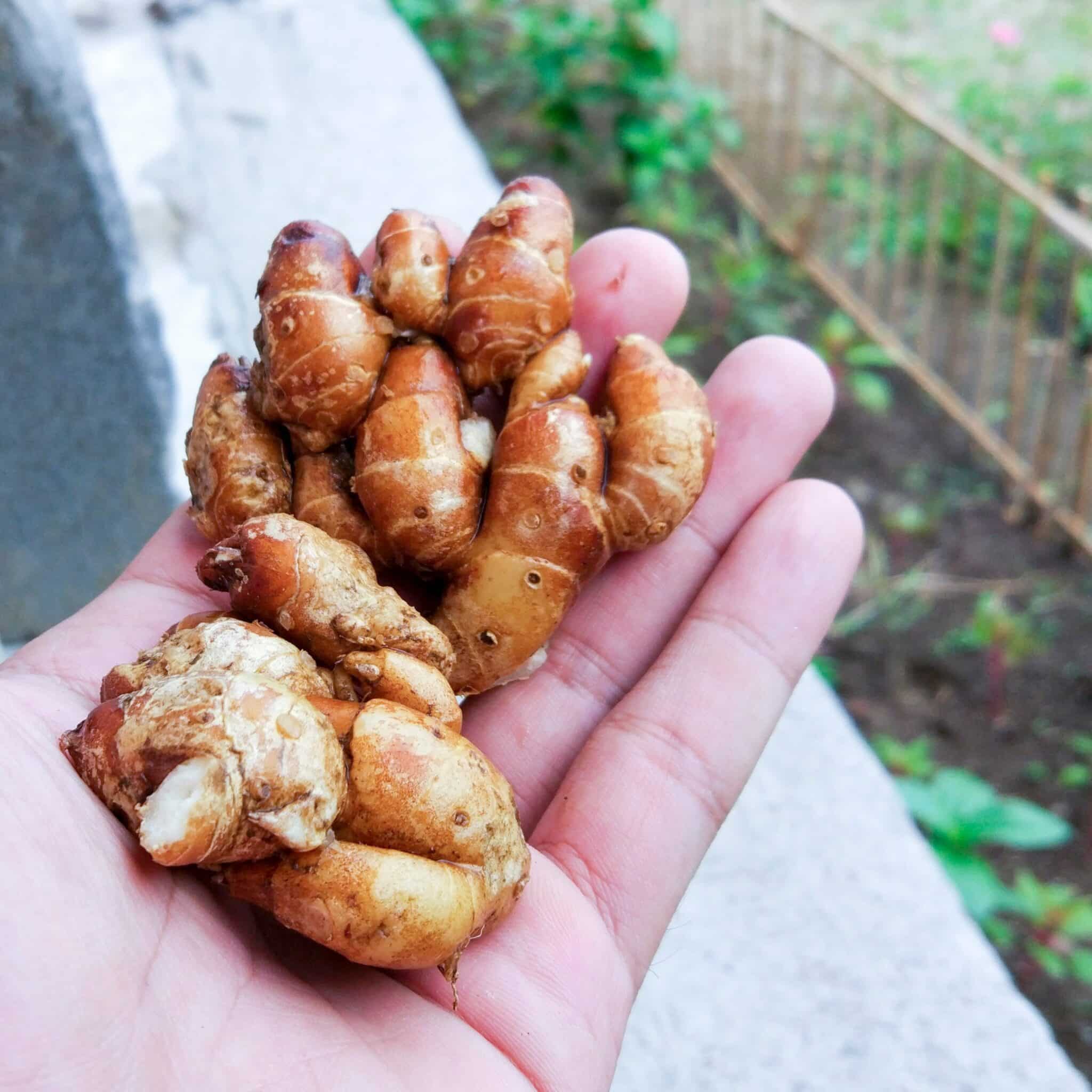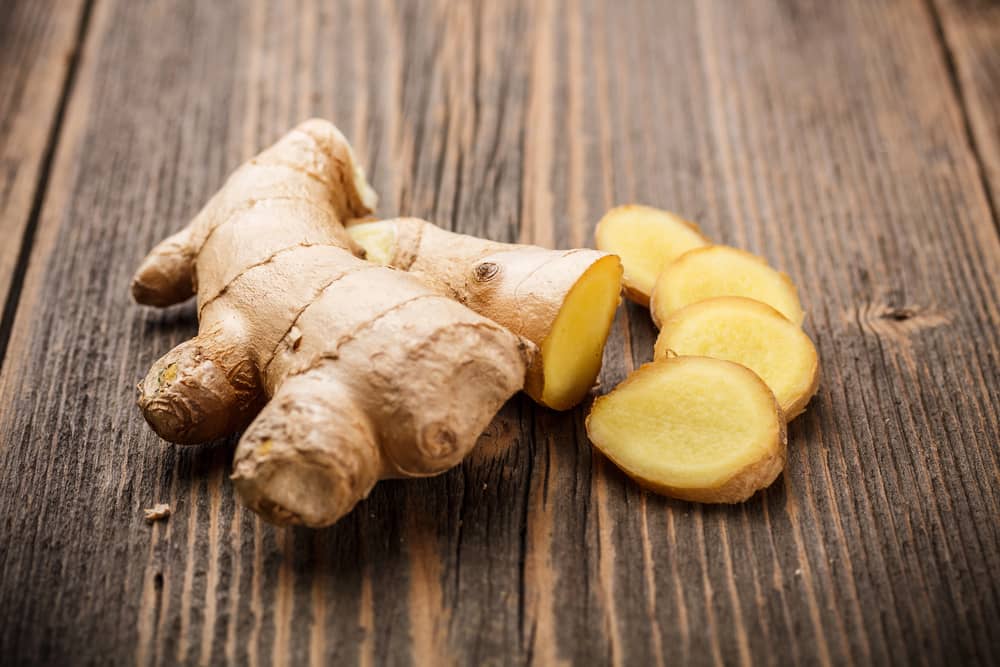Ginger and Cancer, Osaka University: Starves Tumor Cells
Study Finds Compound in Asian Ginger Stops Tumors by Sabotaging Cellular Fat Production Instead of Glycolysis

Share
In traditional Asian medicine, kencur is said to be a “prayer for health.” Now modern science is discovering that it may not have been just a metaphor. The Japanese study on ginger and cancer revealed that this tropical relative of the common ginger has a unique mechanism of action against tumors. Its active ingredient, ethyl p-methoxycinnamate, does more than slow tumor growth; it creates metabolic confusion in cancer cells, causing them to expend energy inefficiently and eventually weaken.
Kencur is not the ginger you know
Kencur (Kaempferia galanga) belongs to the same family as common ginger, but grows exclusively in the tropical regions of Southeast Asia. Associate Professor Akiko Kojima Yuasa and his team ofOsaka Metropolitan University They focused on this exotic relative for a reason: it contains high concentrations of ethyl p-methoxycinnamate, a compound that seemed promising in preliminary studies.
Experiments on Ehrlich ascites cancer cells revealed something unexpected. While researchers expected the compound to attack glycolysis (the primary method by which cancer cells produce energy), ethyl p-methoxycinnamate instead sabotaged de novo fatty acid synthesis. It’s as if, instead of cutting off the power to a factory, someone had tampered with the machines that produce the raw materials.

How Ginger and Cancer Fight Each Other at the Cellular
Cancer cells are hungry for energy. To satisfy this insatiable appetite, they use a process called Warburg effect, which allows them to produce ATP rapidly even in the presence of oxygen. It seemed logical that an effective drug would attack this energy system.
But Kencur chose a different strategy. Ethyl p-methoxycinnamate blocks the production of cellular fats, essential components of cell membranes and lipid metabolism. Without these fats, cancer cells cannot build new membranes or maintain their energy system.
The most interesting thing is that this sabotage triggers a chain reaction: cancer cells, deprived of their fats, paradoxically increase glycolysis in an attempt to compensate. It is as if a car, left without engine oil, began to consume gasoline at double the rate to continue running.
The Practical Effects of Ginger and Cancer Research
The results, published on Scientific Reports, show that ethyl p-methoxycinnamate effectively depletes ATP in tumor cells without inducing direct cell death. This “gentle” approach may be advantageous: instead of waging an all-out war on the tumor, kencur ginger slowly starves it.
The teacher Kojima Yuasa pointed out that This discovery expands the theory of the Warburg effect and could lead to the identification of new therapeutic targets. In tests on animal models, the compound has shown efficacy without significant side effects.
Of course, this is still early days. Clinical trials on humans are needed to confirm these promising results. However, as we have already seen with other innovative therapies, nature continues to offer us unexpected tools in the fight against cancer.
Kencur may never replace conventional therapies, but it could complement them as a metabolic support. A spice that becomes medicine: perhaps traditional Asian healers had intuited something that science is only now beginning to understand.
Comments
Post a Comment